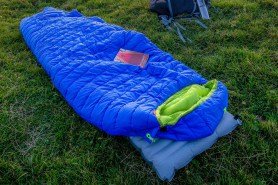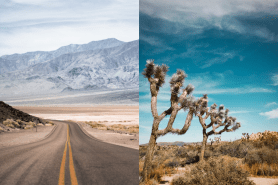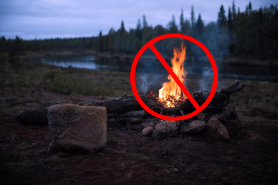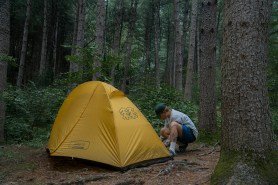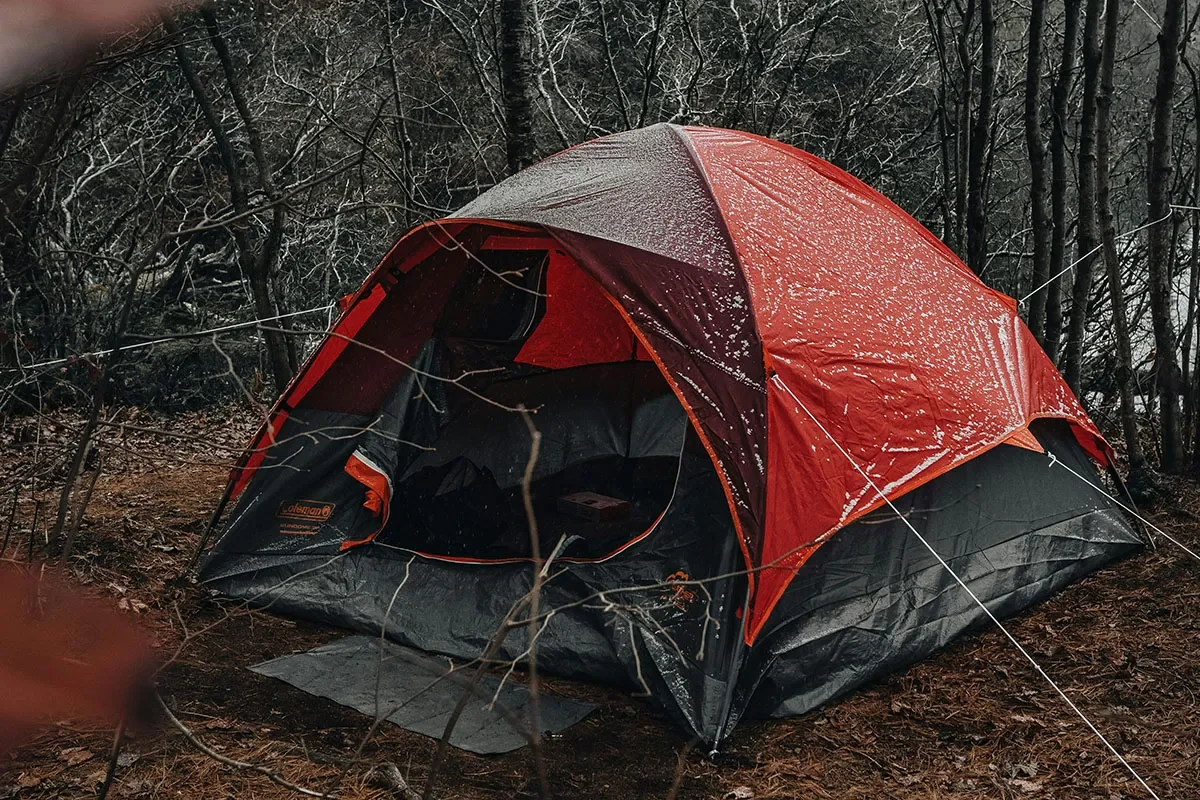

There’s way more to the story of three-season and four-season tents than the idea that one is better for warm weather and the other is better for cold weather. If you’ve come across the terms “three season” and “four season” in your search for a tent and felt confused, you’re not alone.
This guide will provide an overview of both three-season tents and four-season tents, discuss the use cases for each, list out some pros and cons, suggest some top picks in each category, and help you determine which type of tent will work best for you.
TL; DR: Get a four-season or “winter tent” if you plan to camp in extreme conditions.
But the long version is more complicated. Let’s dive in.
This post contains affiliate links. Outdoors.com may earn a commission when you make a purchase through these links. Thank you for your support.
What Is a Three-Season Tent?
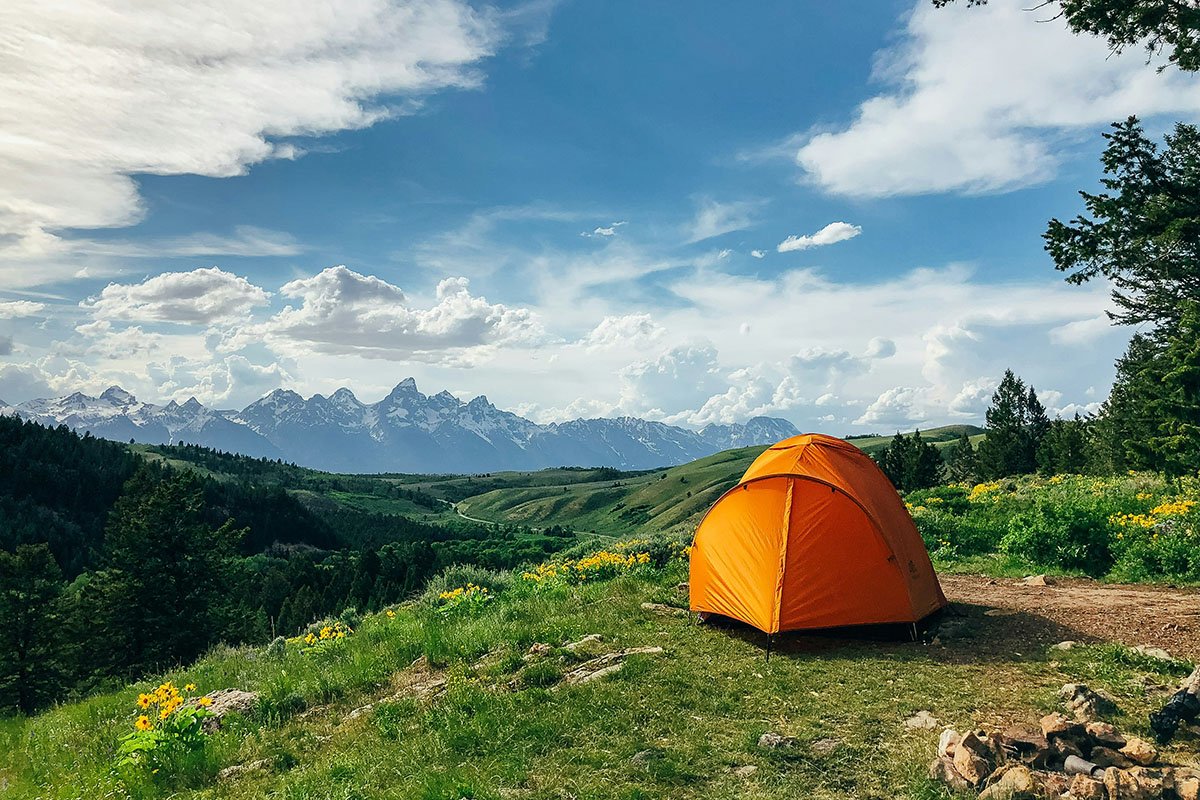
A three-season tent prioritizes breathability and airflow. The tent body in a three-season tent is typically made from lightweight polyester or nylon with plenty of mesh for maximum ventilation and to reduce condensation, and it usually includes a rain fly, which forms the second “wall” of a double-wall construction that shields against rain.
Key to a three-season tent’s value proposition is a lightweight and compact design. Of course, some three-season tents are more lightweight and compact than others, depending on the individual tent’s intended use. For instance, three-season family tents designed for car camping will be far less lightweight and compact than three-season backpacking tents.
When Should You Use Three-Season Tents?
A three-season tent is great for:
- Spring camping
- Summer camping
- Fall camping
- Winter camping in mild climates
- Mild-to-moderate temperatures (not excluding winter, in some areas)
- Mild-to-moderate wind, rain, and snow
As its name suggests, a three-season tent is generally well suited for camping throughout three seasons: spring, summer, and fall. However, it’s not an exact science. Spring in some areas of the country can have extreme weather, while winter in other areas of the country can be very mild.
The seasons may not cooperate or fall into nice categories, so a “three-season” tent is really just a “light”, ventilated tent meant for use in mild-to-moderate temperatures and weather conditions. These tents offer suitable protection from wind and rain. Of course, each one will vary in its durability and weather resistance.
Pros and Cons of Three-Season Tents
Pros:
- In general, three-season tents are lightweight and portable, because they use light, breathable materials.
- Three-season tents prioritize ventilation, allowing heat to escape from the tent body in the summer (or any time there is warm weather) so it doesn’t feel stuffy. Ventilation also prevents condensation from building up inside the tent.
- Three-season tents are generally less expensive than those designed for four seasons.
- Three-season tents are versatile and plenty capable of protecting campers from the elements in most situations.
Cons:
- Three-season tents are not as durable as four-season tents, making them less suitable for very harsh conditions, like heavy rain, high winds, or heavy snow.
- Three-season tents retain less heat than their four-season counterparts.
- Depending on the climate and weather conditions, a three-season tent may not be a suitable shelter year-round, so you could end up needing to invest in a second tent for extreme cold weather or winter camping.
What Are the Best Three-Season Tents?
Read through our guide for best camping tents, and check out our top picks for three-season tents in several categories:
- Best Ultralight 3-Season Tent – ZPacks Duplex Tent
- Best 3-Season Tent for Backpacking – NEMO Hornet OSMO Ultralight 3P
- Best Instant 3-Season Tent – CORE 6 Person Instant Cabin Tent
- Best 2-Person 3-Season Tent – REI Co-Op Half Dome SL 2+ Tent with Footprint
- Best 3-Person 3-Season Tent – Mountain Hardwear Mineral King 3 Tent
- Best 4-Person 3-Season Tent – Snow Peak Alpha Breeze Tent
- Best 6-Person 3-Season Tent – COLEMAN Evanston Screened 6 Person Tent
- Best 8-Person 3-Season Tent – The North Face Wawona 8 Tent
- Best Budget 3-Season Tent – ALPS MOUNTAINEERING Meramac 2
What Is a Four-Season Tent?
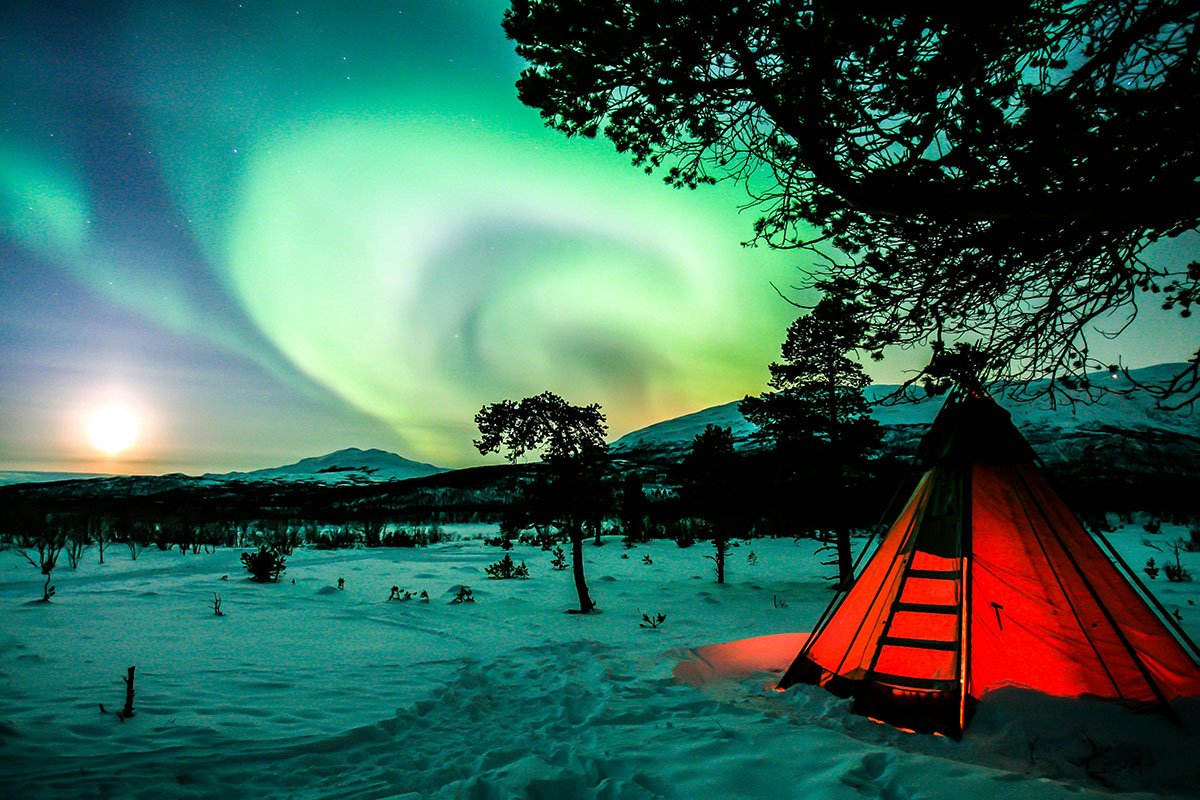
A four-season tent prioritizes durability, stability, and strength over breathability and lightness. Four-season tents—also called winter tents—are made from heavier-duty fabrics and don’t have much mesh to minimize heat loss. They feature reinforced seams and durable tent poles—all designed to provide better protection against windy conditions, heavy snow, and (in some cases but not all) heavy rain.
You may find four-season tents tend to sit low to the ground for stability against the wind, or they may have geodesic or dome shapes, which is helpful when your tent must withstand high winds or heavy snow loads. They often have additional guy lines to increase stability.
Because a four-season tent is made from sturdier materials, it may be heavier and bulkier than a three-season tent. However, manufacturers are finding ways to make four-season tents more packable, which makes them more useful for winter backpacking or backcountry skiing trips.
While the priority is on heat retention, four-season tents still offer ventilation, which is important in all weather to minimize condensation buildup.
You’ll find both single-wall tents and double-wall tents in the four-season category. Single-wall designs without waterproofing won’t help you much in the rain unless you add a rain fly. Be sure to ventilate to avoid condensation buildup in single-wall tents.
Other four-season options are double-walled, which adds a bit of weight to the tent, but the double-wall design allows for better ventilation and waterproofing. Unless you’re alpine climbing at higher elevations, facing snow but not rain and need something very lightweight, a double-walled winter tent is likely the better bet.
When Should You Use Four-Season Tents?
A four-season tent may be best for:
- Winter Camping
- Mountaineering
- Extreme cold temperatures (no matter what season it is)
- Camping in the snow (especially heavy snow or snow storms)
- High winds and/or heavy rain
If you’re looking for a winter camping or mountaineering tent, a four-season camping tent may be the right choice for you. Four-season tents often shine in extreme winter conditions (or just extreme conditions in general, because, as discussed, it’s not really about the seasons), since they keep heat in and can withstand a hardy beating from Mother Nature.
Their more rigid frames are designed so they won’t collapse with snow loading, and many models offer space and/or vestibules for storing your bulky winter gear, making them a good choice for expedition tents.
You can also use a “winter tent” in the spring, summer, and fall. Ventilation will have to be intentional if you’re summer camping or in warm weather because if you keep your four-season tent zipped up, it’ll hang on to that heat more so than a three-season tent.
Pros and Cons of Four-Season Tents
Pros:
- A four-season tent offers durability, stability, and superior resistance against extreme weather such as high winds, heavy rain, and/or snow.
- Four-season tents feature a more insulated design that offers protection against extremely low temperatures by keeping heat inside the tent body.
- Not just for winter camping, a four-season tent can be a versatile choice for campers who need shelter year-round and occasionally face (or may face) extreme conditions.
Cons:
- Four-season tents are typically heavier and bulkier than three-season tents, which can make them less practical to use as backpacking tents.
- In general, tents designed for four seasons/extreme weather are more expensive than tents designed for three seasons/non-extreme weather.
- In summer and/or warm weather, a four-season option may become stuffy inside, due to limited ventilation compared to non-winter tents.
What Are the Best Four-Season Tents?
Read through our guide about the best four-season tents, and check out these top picks:
- My Personal Favorite 4-Season Tent – Crua Outdoors Culla Duo Maxx Inner and Outer (read more here)
- Best Overall 4-Season Tent – The North Face Mountain 25
- Best 4-Season Tent for Durability – Mountain Hardwear Trango 4 Tent
- Best Minimalist 4-Season Tent – Hyperlite Mountain Gear Ultamid 2
- Most Versatile 4-Season Tent – NEMO Kunai 2
- Best 4-Season Tent for Extended Trips – MSR Remote 2
- Best 4-Season Tent for Expeditions – Mountain Hardwear Stronghold Tents
How to Choose the Right Tent for Your Needs
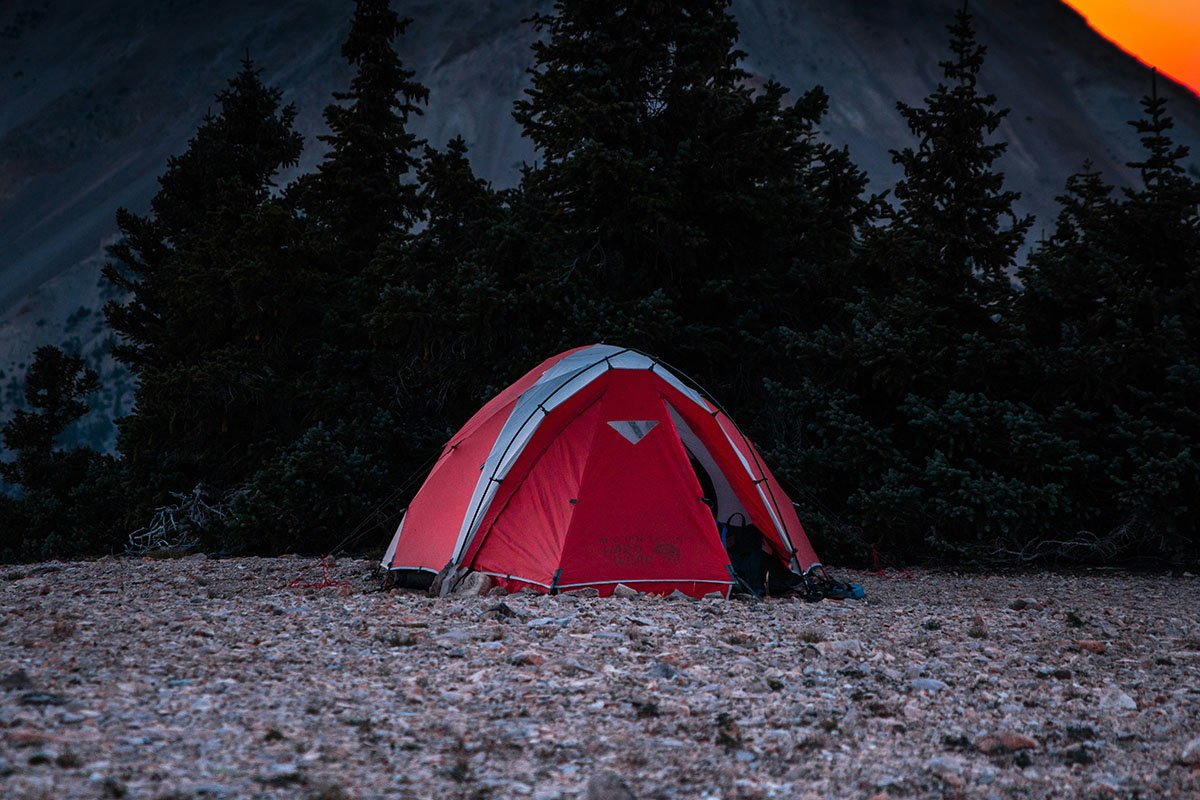
A three-season tent works well for spring, summer, and fall, but more important than the seasons are the conditions in which you plan to camp. For most people in most camping situations, a three-season tent is perfectly fine—great, even.
A high-quality camping tent, even if it’s not designed for extreme weather, per se, is still capable of standing up to a reasonable amount of weather. It’s designed to be used outside, after all.
Even in snow and your typical winter conditions, you may not need a more expensive four-season shelter. If you’re winter backpacking and weight is crucial, this can be a particularly tough choice—one that you’ll have to make based on knowledge of weather conditions in the area(s) you’ll be pitching your tent.
If you’re shopping for mountaineering tents for an expedition at high elevations or somewhere with extreme cold, a lot of snow, and/or wind, selecting a tent that provides added protection against everything from powerful gusts of cold wind to heavy snow is a good choice.
While overkill for most camping scenarios, if you camp all year round and live in a place where winters can be very cold and unpredictable, then choosing a four-season tent as your only tent could be a good investment.
Remember, when it comes to “three-season” and “four-season,” it’s more about the scenario and the expected weather conditions than the seasons. So just how extreme do you plan to go?



